What Holocaust remembrance work means today
In 1942, Nazi leaders met in a villa to plan the Holocaust: 80 years after the Wannsee Conference, the memorial center's director Deborah Hartmann still sees links with today's society.
In 1942, Nazi leaders met in a villa to plan the Holocaust: 80 years after the Wannsee Conference, the memorial center's director Deborah Hartmann still sees links with today's society.
On January 20, 1942, a group of 15 Nazi leaders met in a lakeside villa in the Berlin suburb of Wannsee. During their 90-minute meeting, which became known as the Wannsee Conference, they discussed the implementation of the "Final Solution to the Jewish question," the official code name for the systematic murder of Jews during World War II.
Today, the mansion serves as a Holocaust memorial and educational center, with a permanent exhibition that goes beyond the infamous 1942 conference. "It's about way more than these 15 men, even though it's tempting to focus on them, because that allows everyone else to feel relieved of responsibility," says Deborah Hartmann, who became the director of the House of the Wannsee Conference in December 2020.
For Hartmann, the memorial center not only stands for what happened on January 20, 1942, but also symbolizes Germany's postwar reluctance to deal with the Holocaust, referring to the fact that historian and Auschwitz survivor Joseph Wulf had already proposed in 1965 to turn the Wannsee villa into a Holocaust memorial and research center.
But at the time, politicians were against the project; the house was used as a camp for school groups.
Facing death threats and losing hope that the government would ever pursue and convict Nazi war criminals, Wulf died by suicide in 1974.
The project was relaunched in the 1980s, and it was only on January 20, 1992, on the 50th anniversary of the Wannsee Conference, that the Holocaust memorial and museum was opened.
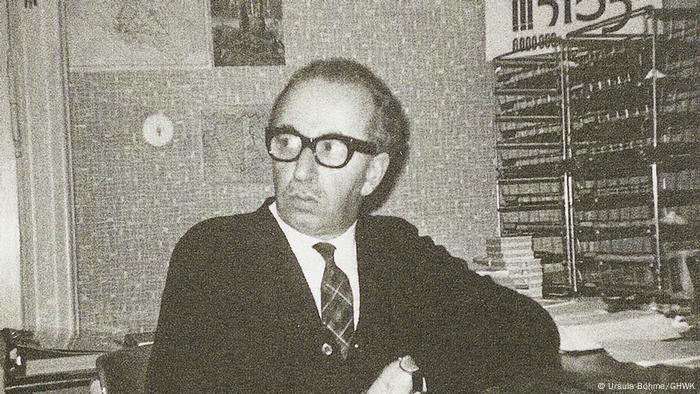
Historian and Auschwitz survivor Joseph Wulf wrote several books about Nazi Germany and the Holocaust
Through his research, Joseph Wulf aimed to demonstrate postwar continuities in terms of power structures within West Germany's politics and leadership positions, explains Hartmann. This decades-long fight to confront society with what actually happened is something she finds particularly moving.
And "continuities" is a term Hartmann often uses when discussing her own work, as she sees Holocaust remembrance work as not being only anchored in events of the past, but as an ongoing process that requires pointing out how history connects with today's attitudes.
Remembrance work requires honesty
By pointing out one of those continuities, she actually caused a small diplomatic incident in 2018.
Before becoming the director of the House of the Wannsee Conference, she was the head of the German Desk of Yad Vashem's International School for Holocaust Studies. The Vienna-born scholar also served as a guide for official delegations from German-speaking countries visiting Israel's official memorial to the victims of the Holocaust.
During a guided tour with then-Austrian Chancellor Sebastian Kurz, she criticized him for touting his dedication to remembering the Shoah and fighting antisemitism, all while forming a coalition with the Freedom Party of Austria (FPÖ), which includes politicians who are "openly antisemitic," she said.
Her remarks sparked outrage within diplomatic circles, leading Yad Vashem to apologize to Austria's ambassador in Israel. But even if it meant risking her job, Hartmann believes "she wouldn't do anything differently today, because somehow we need to be honest with ourselves."

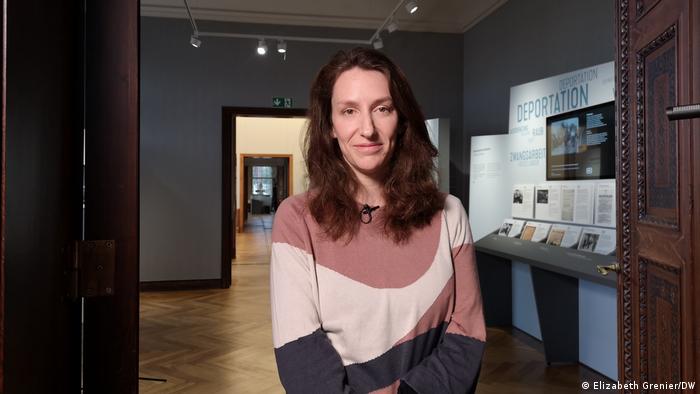
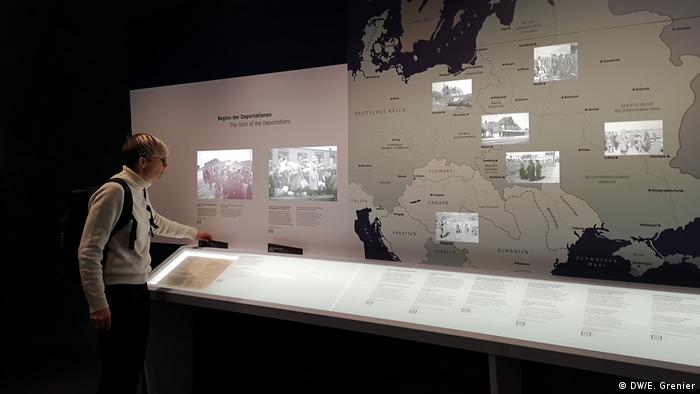
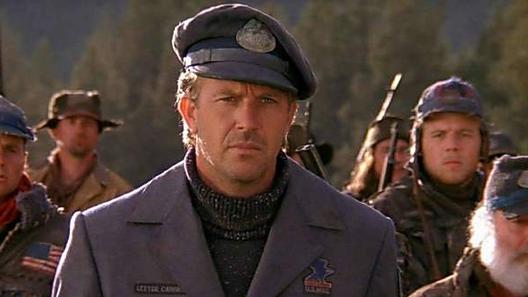

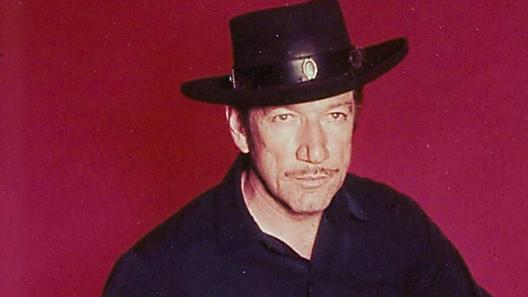
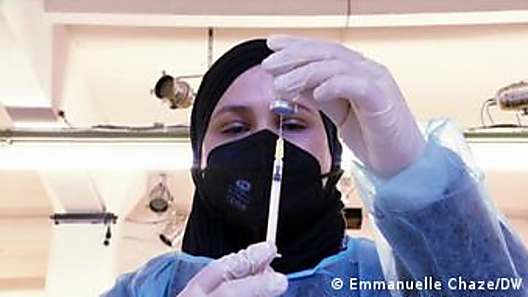
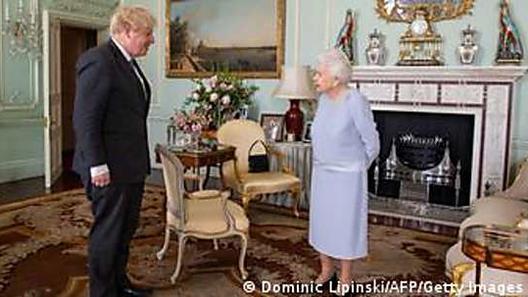
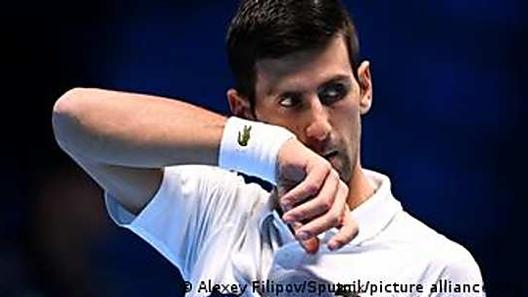
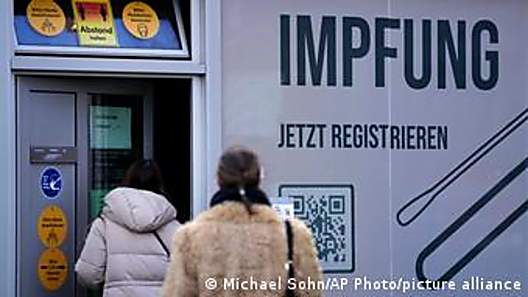
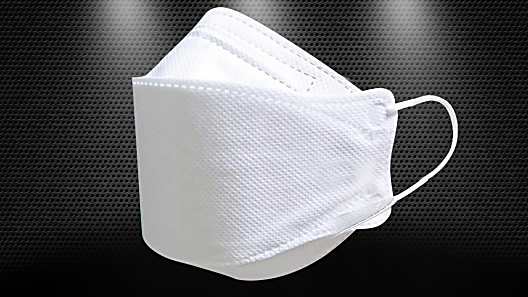
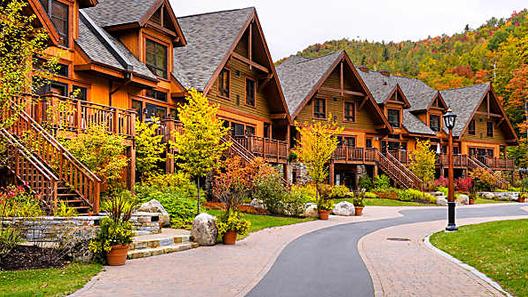




No comments:
Post a Comment